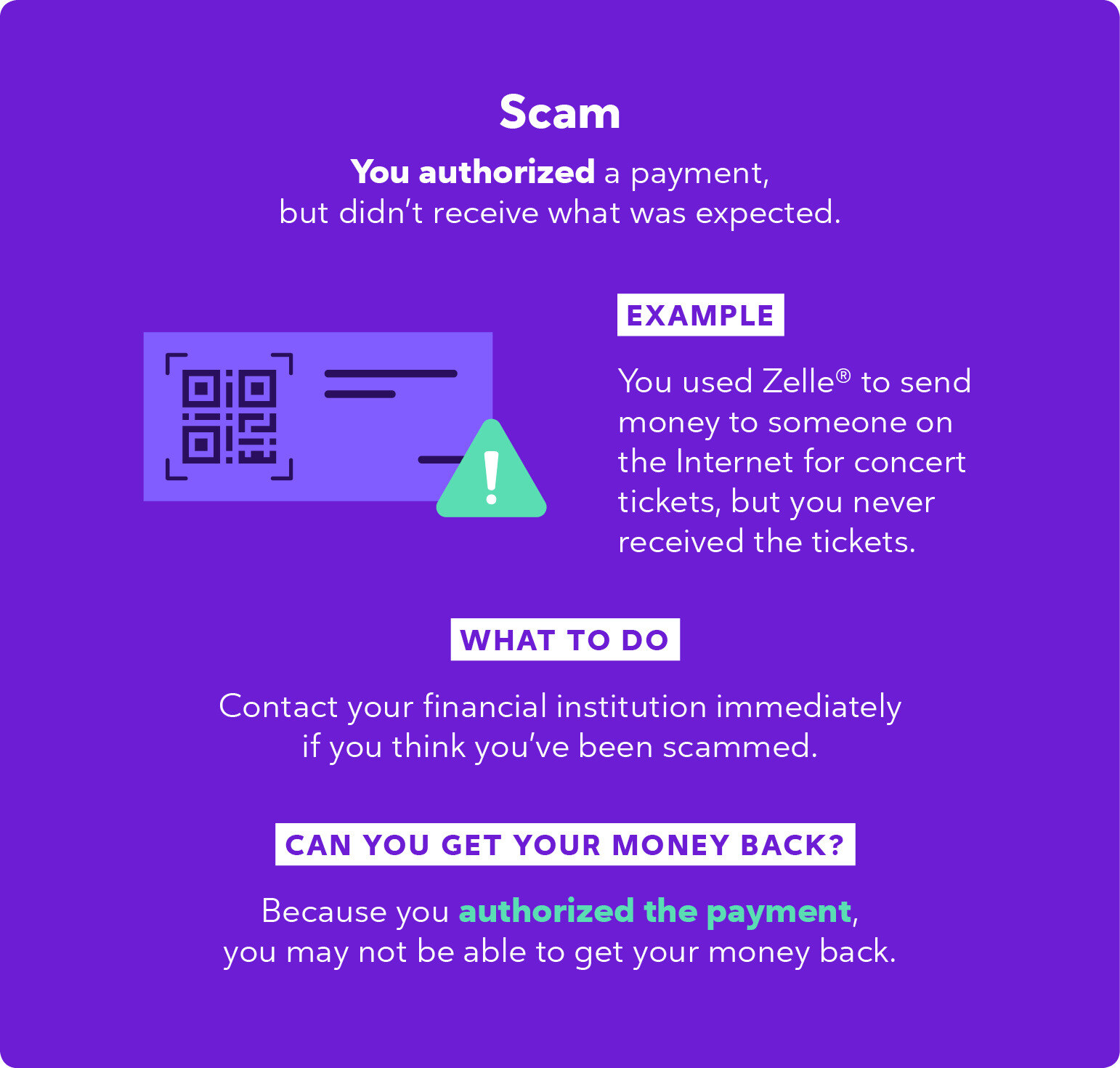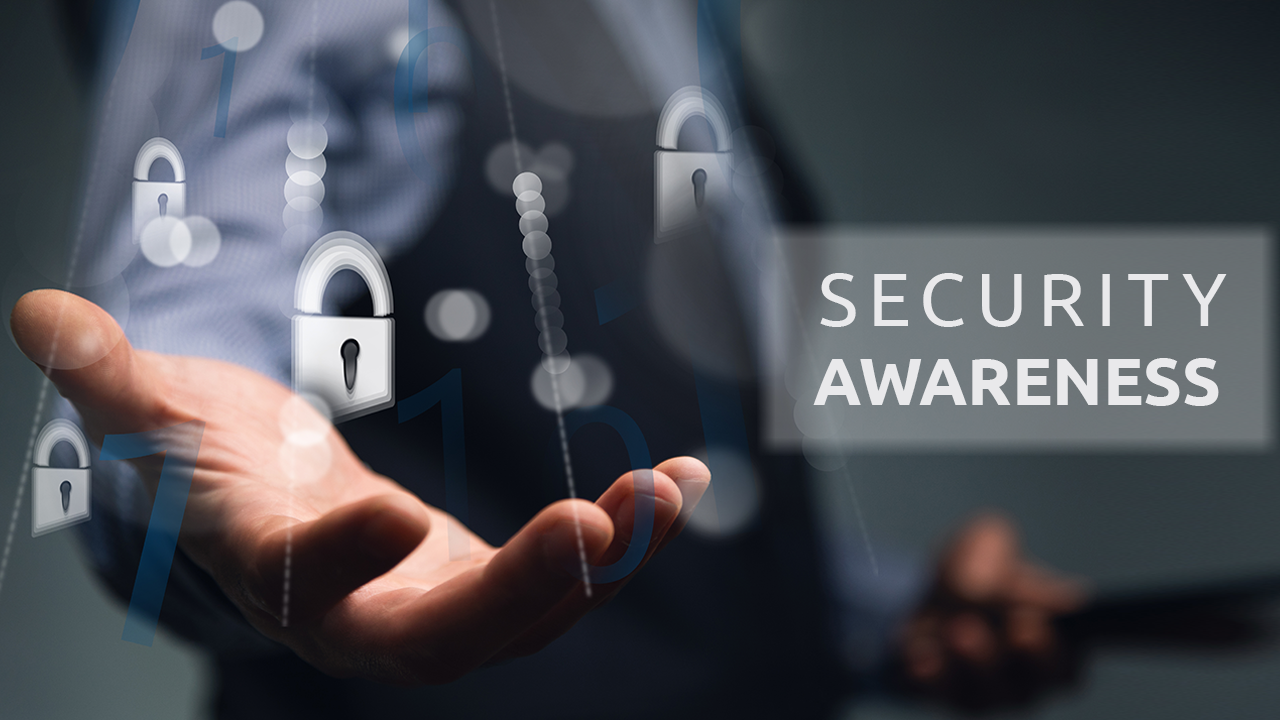Introduction
Email scams have become increasingly prevalent in today’s digital age. Whether it’s a phishing attempt, a fraudulent money-making scheme, or a deceptive request for personal information, it’s important to know how to recognize and report these scams. Falling victim to an email scam can lead to financial loss, identity theft, and other harmful consequences. By familiarizing yourself with the necessary steps to handle these scams, you can protect yourself and others from becoming victims.
In this article, we will guide you through the process of reporting an email scam. We’ll provide essential tips and actions you can take to safeguard your personal information and prevent scammers from succeeding in their illicit activities. By following these steps, you’ll be able to report the scam to the appropriate authorities, warn others about the potential dangers, and contribute to the fight against online scams.
It’s important to note that email scams come in various forms and can be highly sophisticated. Scammers often use techniques to make their emails appear legitimate, including using email addresses that mimic well-known companies or organizations. These scams can target anyone, regardless of their age or level of computer literacy. Therefore, it’s crucial to remain vigilant and follow the guidelines outlined in this article.
Now, let’s dive into the step-by-step process of reporting an email scam and take a proactive stance against online fraudsters.
Step 1: Recognizing an Email Scam
The first step in handling an email scam is being able to identify it. Scammers use various tactics to trick recipients into believing their emails are legitimate. By familiarizing yourself with common red flags, you can better protect yourself from falling victim to these fraudulent schemes.
1. Suspicious Email Address: One of the telltale signs of an email scam is an unusual or suspicious email address. Scammers often create email accounts that mimic those of well-known companies or government organizations. Pay careful attention to the email address and look for any misspellings or alterations.
2. Poor Grammar and Spelling: Scammers often make mistakes in their emails, including grammar and spelling errors. Legitimate companies typically have thorough editing processes in place, so poorly written emails should raise a red flag.
3. Urgency and Threats: Scammers often create a sense of urgency or exploit fear to manipulate their targets. If the email contains threats such as legal action or immediate consequences, be cautious. Legitimate organizations usually have formal procedures and communication channels for addressing such matters.
4. Unfamiliar Links or Attachments: Be cautious of any links or attachments in emails, especially if they are from unknown senders. These can contain malware that can harm your computer or steal your personal information. Avoid clicking on suspicious links or downloading attachments unless you can verify the sender’s identity.
5. Requests for Personal Information: Legitimate companies and organizations rarely ask you to provide sensitive personal information via email. Be skeptical if an email requests your bank account details, social security number, or passwords. It’s best to contact the organization directly through a trusted source, such as their official website or customer service hotline, to verify the request.
By being vigilant and paying attention to these warning signs, you can quickly spot potential email scams. Staying informed about common scam techniques will enable you to protect yourself and others from falling victim to fraudulent schemes.
Step 2: Do Not Respond or Click on Anything
Once you’ve identified an email as a scam, it’s crucial not to engage with the sender or interact with any links or attachments within the email. Responding to or clicking on anything in the email may confirm to the scammer that they have reached a live and receptive target. Here’s why it’s essential to refrain from any response or action:
1. Avoid Confirming Your Existence: By responding to the scam email, you are essentially verifying that your email address is active and monitored. This may result in an influx of more scam emails or even the sale of your contact information to other scammers.
2. Prevent Phishing Attempts: Scammers often include malicious links in their emails, aiming to redirect you to a fake website. These websites are designed to trick you into revealing personal information such as passwords, credit card details, or social security numbers. Clicking on such links can have serious consequences for your online security and identity.
3. Stop the Spread of Malware: Scam emails may contain infected attachments that can deliver malware to your device. Once downloaded, malware can compromise your privacy and security. It’s crucial not to click on any attachments unless you are absolutely certain of their safety and origin.
4. Avoid Social Engineering Tactics: Some scammers employ social engineering techniques to manipulate and deceive their victims into divulging sensitive information or performing certain actions. By not responding or engaging with the email, you can avoid falling prey to these manipulative tactics.
Remember, scammers are persistent, and they may try various methods to trick you into responding or clicking on links. Stay strong and resist the temptation to interact with the scam email. Instead, follow the remaining steps in this guide to ensure the appropriate authorities are notified and the scam is reported.
Step 3: Gather Information
When you come across an email scam, it’s important to gather as much information as possible before taking further action. By collecting key details about the scam, you can provide valuable information to the authorities and increase the chances of catching and preventing the scammers. Here are the steps to follow when gathering information:
1. Take Screenshots: Capture screenshots of the scam email, including the sender’s email address, the content of the email, and any attachments or links. These screenshots can serve as evidence and may be useful in investigations.
2. Note the Date and Time: Make a note of the date and time you received the scam email. This information may be required when reporting the incident to your email provider or law enforcement agencies.
3. Save All Email Headers: Email headers contain valuable information about the email’s origin and route. These headers are essential for tracking down the scammer. Most email platforms provide an option to view the full email headers. Save or copy this information for future reference.
4. Document any Financial Losses: If the scam involves financial transactions or losses, keep a record of all relevant details. Note down the amounts involved, any transaction IDs or receipts, and any communications with the scammer regarding payments. This information will be helpful when reporting the scam to the authorities or your bank.
5. Gather Contact Information: If the scam email includes contact information for the sender or any other individual associated with the scam, jot down these details. This information can aid in investigations or help warn others about the scam.
By gathering comprehensive information, you contribute to the efforts in combating online scams. Remember to store this information securely and ensure that you have backups in case of any loss or damage. With the necessary details in hand, you can now proceed to the next step: contacting your email provider.
Step 4: Contact Your Email Provider
After gathering all the necessary information about the email scam, it’s crucial to reach out to your email provider. Reporting the scam to your email provider serves two purposes: it alerts them to the fraudulent activity and enables them to take appropriate action, and it helps protect other users from falling victim to the same scam. Follow these steps when contacting your email provider:
1. Find the Reporting Channel: Visit your email provider’s website or search for their reporting channels. Most email providers have dedicated pages or email addresses for reporting scams and phishing attempts.
2. Include Key Information: When contacting your email provider, be sure to include all the relevant details you have gathered. Provide screenshots, email headers, and a detailed description of the scam. The more information you provide, the easier it will be for them to assess the situation and take appropriate action.
3. Follow Their Instructions: Your email provider may have specific instructions on how to report scams or phishing attempts. Follow their guidelines carefully and provide any additional information they require. Be prepared to cooperate with their investigations if necessary.
4. Keep a Record: After reporting the scam, make a note of the date and time of your communication with your email provider. This record will be useful in case you need to follow up or provide further information in the future.
By reporting the scam to your email provider, you not only protect yourself but also contribute to the collective effort in combating email scams. Email providers have mechanisms in place to identify and block scam emails, helping to prevent them from reaching other users. Your proactive action can make a significant difference in reducing the impact of email scams and protecting the online community.
Once you have reported the scam to your email provider, it’s time to escalate the incident and notify the appropriate authorities. This is the next step in combating email scams effectively.
Step 5: Report to the Authorities
Reporting the email scam to the proper authorities is an essential step in combating online fraud and helping to protect others from falling victim to the same scam. By reporting the incident, you aid in the ongoing efforts to identify and apprehend the scammers. Follow these steps to report the email scam to the authorities:
1. Contact Local Law Enforcement: Start by contacting your local law enforcement agency or cybercrime unit. Provide them with all the gathered information, including screenshots, email headers, and any other relevant details. They will guide you on the next steps and investigate the matter further.
2. File a Report with the Internet Crime Complaint Center (IC3): The IC3 is a partnership between the Federal Bureau of Investigation (FBI) and the National White Collar Crime Center (NW3C). File a complaint through their website, providing a detailed account of the scam, the sender’s email address, and any attachments or links involved.
3. Report to Your National Cybersecurity Agency: Most countries have a dedicated agency or department responsible for cybersecurity. Look for their website or contact information and submit a report about the email scam. Include all relevant details and follow any instructions provided on the reporting platform.
4. Report to Anti-Phishing Organizations: There are multiple anti-phishing organizations that collect data on phishing and scam attempts. By submitting a report to these organizations, you contribute to their databases, which helps raise awareness and prevent future attacks. Examples of such organizations include the Anti-Phishing Working Group (APWG) and the Anti-Phishing Collaboration (APC).
Remember to keep copies of all the reports and reference numbers you receive. They will serve as evidence and can be helpful if there are any further developments in the investigation. By reporting the email scam to the authorities, you play a vital role in protecting others from falling victim to the same scam and help bring the scammers to justice.
With reporting done, there’s one final step you can take to further assist in the fight against email scams: warning others about the scam to prevent them from falling into the same trap.
Step 6: Warn Others
In the fight against email scams, spreading awareness is crucial to protect others from becoming victims. Once you’ve encountered an email scam and taken the necessary steps to report it, it’s important to warn others about the scam. By sharing your experience and providing information about the scam, you can help prevent others from falling into the same trap. Follow these steps to effectively warn others about the email scam:
1. Inform your Contacts: Start by informing your friends, family, and colleagues about the scam. Send them a brief message explaining the scam, its characteristics, and how to recognize it. Encourage them to be cautious and avoid interacting with suspicious emails or providing personal information.
2. Share on Social Media: Utilize your social media platforms to raise awareness about the scam. Craft a post or share an article (such as this one!) detailing the scam and warning others to stay vigilant. Emphasize the red flags to look out for and provide tips on how to report and avoid falling victim to email scams.
3. Inform Online Communities and Forums: If you’re a member of online communities or forums that discuss topics related to security or scams, share your experience with the email scam. Create a thread or comment on existing posts to alert others. Provide details about the scam and the steps you took to report it.
4. Notify Consumer Protection Agencies: Consumer protection agencies play a crucial role in safeguarding individuals from scams and fraudulent activities. Report the scam to relevant consumer protection agencies or organizations in your country. They can issue warnings and provide resources to help educate the public about the scam.
Remember to share your experiences responsibly and provide accurate information. Avoid spreading panic or amplifying false information. The goal is to equip others with knowledge and empower them to protect themselves from email scams.
By warning others, you contribute to the collective effort of preventing more people from falling victim to email scams. Your actions may help someone avoid financial loss, identity theft, and other harmful consequences. Stay alert, stay informed, and encourage others to do the same.
Conclusion
In today’s digital world, email scams are a constant threat. However, by understanding how to recognize and report these scams, we can protect ourselves and others from falling victim to online fraudsters. By following the steps outlined in this guide, you can take proactive measures to combat email scams effectively.
First and foremost, it’s important to be able to recognize an email scam. Pay attention to suspicious email addresses, poor grammar and spelling, and requests for personal information. By staying vigilant, you can avoid interacting with scam emails and prevent further harm.
Once you’ve identified an email scam, it is crucial not to respond or click on anything within the email. Engaging with scammers only fuels their fraudulent activities and puts you at risk of further harm, such as phishing attempts or the spread of malware.
Gathering information about the scam is essential for reporting and aiding in the investigation. Take screenshots, note the date and time, and save email headers. The more comprehensive your information, the better equipped authorities will be to take action against the scammers.
Contact your email provider to report the scam and contribute to their efforts to combat email scams. By alerting them and providing evidence, you help protect other users from the same scam and increase the chances of the scammer being caught.
Reporting the email scam to the proper authorities is the next crucial step. Reach out to your local law enforcement, file a complaint with the IC3, and report to national cybersecurity agencies. Sharing your experience with anti-phishing organizations can also assist in preventing future scams.
Finally, warn others about the scam to prevent them from falling into the same trap. Inform your contacts, share on social media, and notify consumer protection agencies. By raising awareness, you contribute to the collective effort of combating email scams and protecting others from potential harm.
Remember, staying informed, remaining vigilant, and taking prompt action are key in the fight against email scams. By implementing the steps outlined in this guide, we can make a significant impact in reducing the prevalence of email scams and safeguarding our online communities.

























